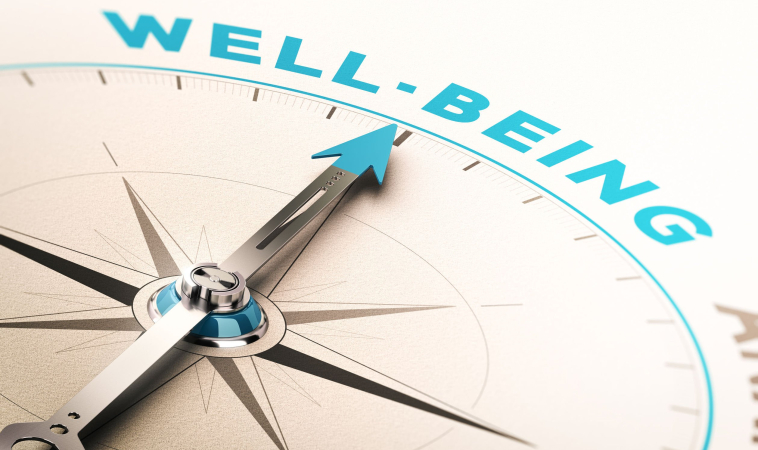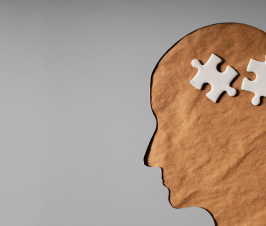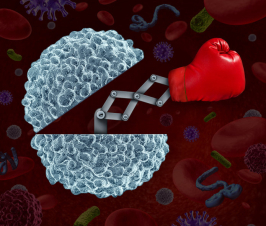Men and women with high mental wellbeing at the age of 42 were more physically active at the age of 50 compared to those who got lower scores in mental wellbeing at age 42. Different exercise activities are related to the different dimensions of wellbeing in midlife.
Mental well-being was investigated through 3 dimensions
Mental wellbeing was investigated through three dimensions: emotional, psychological and social wellbeing. Emotional wellbeing indicates overall satisfaction with life and a tendency to have positive feelings. Psychological wellbeing refers to experiences of personal growth and the purpose of life. Social wellbeing tells about relationships with other people and the community.
Surprised to learn that leisure time physical activity did not predict later mental wellbeing
It was a surprise that leisure time physical activity did not predict later mental wellbeing or subjective health, but mental wellbeing predicted physical activity. It seems that mental wellbeing is an important resource for maintaining a physically active lifestyle in midlife, says Dr. Tiia Kekäläinen from the Gerontology Research Center and Faculty of Sport and Health Sciences, University of Jyväskylä, Finland.
Different types of physical activities are good for wellbeing
Investigation of various leisure time physical activities revealed that different activities are associated with the dimensions of wellbeing in 50-year-old men and women. Walking was related to emotional wellbeing, rambling in nature to social well-being and endurance training to subjective health.
“Although exercise did not predict later mental wellbeing or subjective health in this study, exercise is important for current mental wellbeing and health,” Kekäläinen says.
These associations were found among both men and women, but additionally, rambling in nature was linked to both emotional wellbeing and subjective health, but only among men.
“It is possible that rambling in nature means different things for men and women. For example, it correlated with the frequency of vigorous exercise only among men,” Kekäläinen says.
Data gathered at ages 42 and 50
The data gathered at ages 42 and 50 by questionnaires and interviews for the Jyväskylä Longitudinal Study of Personality and Social Development (JYLS) were used (n = 303). Prof. Lea Pulkkinen started JYLS in 1968 at the Department of Psychology, University of Jyväskylä. Later, JYLS has been moved to the Gerontology Research Center and is led by Research Director Katja Kokko.
Research article is part of doctoral thesis
The research article is part of Tiia Kekäläinen’s doctoral thesis and has been written in collaboration between the University of Jyväskylä and the University of Zurich. The writing of the article was funded by the Finnish Cultural Foundation.
 Razi Berry is the founder and publisher of the journal Naturopathic Doctor News & Review, which has been in print since 2005, and the premier consumer-faced website of naturopathic medicine, NaturalPath. She is the host of The Natural Cancer Prevention Summit and The Heart Revolution-Heal, Empower and Follow Your Heart, and the popular 10 week Sugar Free Summer program. From a near death experience as a young girl that healed her failing heart, to later overcoming infertility and Chronic Fatigue Syndrome and Fibromyalgia through naturopathic medicine, Razi has lived the mind/body healing paradigm. Her projects uniquely capture the tradition and philosophy of naturopathy: The healing power of nature, the vital life force in every living thing and the undeniable role that science and mind/body medicine have in creating health and overcoming dis-ease. Follow Razi on Facebook at Razi Berry and join us at Love is Medicine to explore the convergence of love and health.
Razi Berry is the founder and publisher of the journal Naturopathic Doctor News & Review, which has been in print since 2005, and the premier consumer-faced website of naturopathic medicine, NaturalPath. She is the host of The Natural Cancer Prevention Summit and The Heart Revolution-Heal, Empower and Follow Your Heart, and the popular 10 week Sugar Free Summer program. From a near death experience as a young girl that healed her failing heart, to later overcoming infertility and Chronic Fatigue Syndrome and Fibromyalgia through naturopathic medicine, Razi has lived the mind/body healing paradigm. Her projects uniquely capture the tradition and philosophy of naturopathy: The healing power of nature, the vital life force in every living thing and the undeniable role that science and mind/body medicine have in creating health and overcoming dis-ease. Follow Razi on Facebook at Razi Berry and join us at Love is Medicine to explore the convergence of love and health.

















